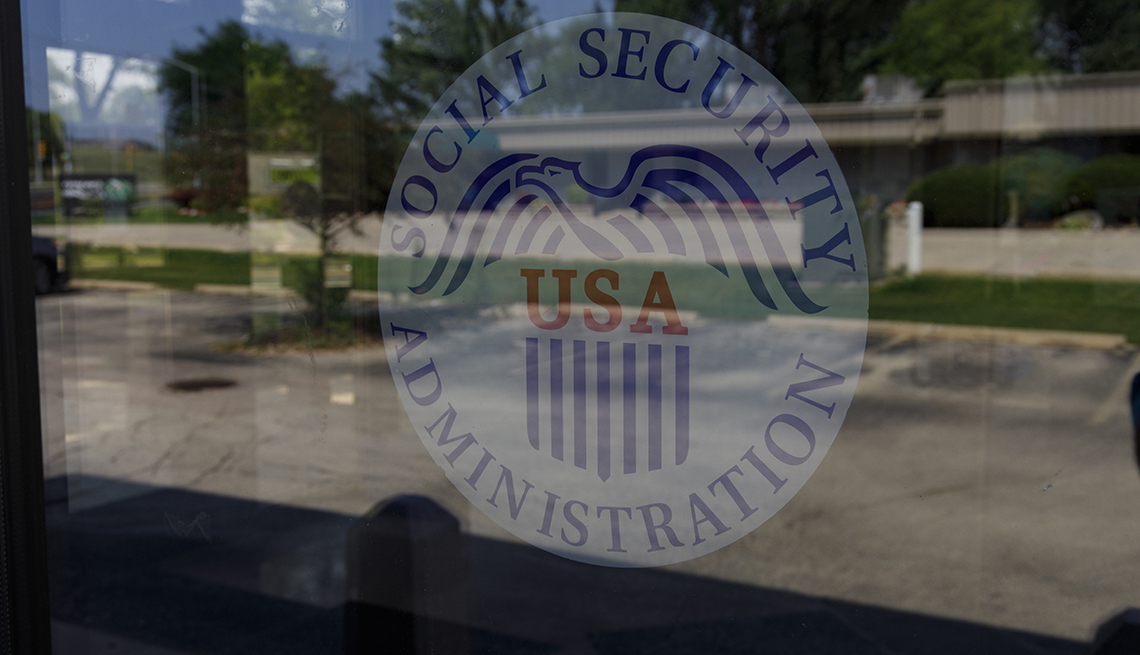Staying Fit
The Social Security Administration (SSA) says it is taking steps to improve customer service following a summer of frustration for many who sought help at field offices that reopened in April after being largely shut down for more than two years due to the pandemic.
But mounting customer complaints, including long waits outside SSA offices in extreme heat as well as busy signals and disconnected calls to the agency’s national toll-free number, prompted questions last month from congressional leaders. In an Aug. 30 response, Kilolo Kijakazi, the SSA’s acting commissioner, outlined a series of ongoing steps and future remedies.


AARP Membership— $12 for your first year when you sign up for Automatic Renewal
Get instant access to members-only products and hundreds of discounts, a free second membership, and a subscription to AARP the Magazine.
The success of those plans hinges on more than just Social Security’s powers of pandemic recovery. Years of being underfunded and understaffed also contributed to this summer of discontent, as the SSA faces an ongoing backlog of disability claims, an outdated phone system that won’t be replaced before early 2023, and the task of getting more than 1,200 field offices up to service speed.
These offices help older Americans navigate issues with retirement benefits, survivor benefits and Medicare as well as assisting with claims for Social Security Disability Insurance (SSDI) and Supplemental Security Income (SSI), a safety-net benefit for older and disabled people with low incomes that in most cases cannot be applied for online.
In 2019, the last full year of normal field office operations, the SSA served 43 million people in person. What’s at stake now is consumer confidence in a system that serves nearly 68 million Americans.
“Agency-wide, we are at our lowest staffing level in 25 years, driven by years of insufficient funding and hiring freezes compounded by recent higher attrition,” Social Security spokesperson Nicole Tiggemann says in an email response to AARP.
Tiggemann says the SSA now has approximately 56,000 employees, a 7 percent drop from its pre-pandemic staff of 60,000.
The Biden administration is seeking $14.8 billion for the agency in its fiscal year 2023 budget, $1.8 billion more than the SSA received this year.
“We are exerting every effort to bring on as many hires as possible to replace our losses, but regardless, staffing levels will still be insufficient to meet our service needs without additional funding in the president’s FY 2023 budget request,” Tiggemann says.
Economist David Weaver, who spent more than two decades with Social Security as a researcher and policy analyst, says Congress fully funded the enforcement side of the SSA’s current budget but “cut a billion from the president’s budget, and all of it was in the customer service portion to administer the program.”
AARP has called on Congress to approve the SSA’s full funding request but is also urging the agency to take more immediate steps to “ensure customers can reliably access SSA services” as winter approaches, Nancy LeaMond, AARP’s chief advocacy and engagement officer, wrote in a Sept. 12 letter to Kijakazi.
“We regularly hear from members who are frustrated by their interactions with the agency,” LeaMond wrote. “Seniors and those with disabilities simply should not be asked to wait in line outside in inclement weather to get the services they need.”


































































